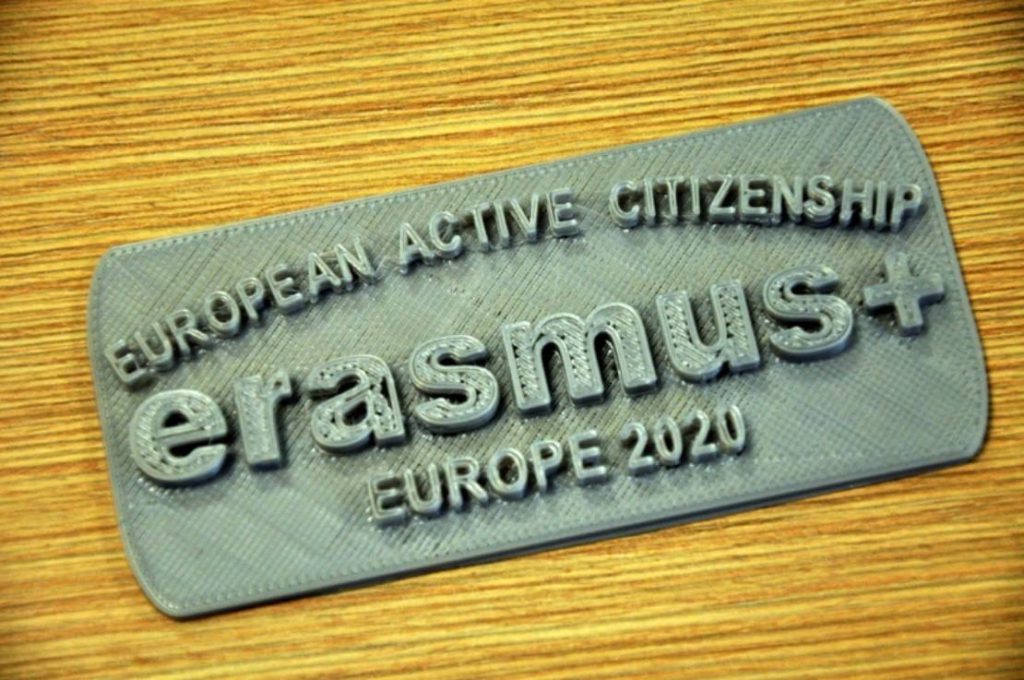
This proposal considers around 500 people as direct and indirect beneficiaries, accounted for as follows:
-150 participant who will be direct beneficiaries through the transnational meeting attendance (7 countries, 21-24 people per meeting).
Those people will have the chance to present their work and methods and being involved in planning developed jointly by the partner organizations, always making use of methodologies and innovative tools. They will experiment in this meetings the systematized tools of exchanging knowledge in other European countries and contexts.
-200 people will participate in the dissemination events to be developed in each country (1 per partner, in total 7 events with 25 people for each and 1 event in Germany with 50 people attending) that will contribute while the e-book is being generated, the objectives obtained from the project, as well as being beneficiaries of the dissemination results.
-140 people: 20 people who indirectly and through each of the partner entities (7 entities) will benefit from the experience of the organization during the implementation of the project, as well as receiving information and guidance through the web pages of each entity. Considering that all the entities involved in this project work hand in hand with Adult people, these beneficiaries will be mostly young adult people with motivation to learn and undertake.
Finally, in the framework of implementation of EDACate this learned methods in each meeting will be replicable and extended to other communities / NGOs serving young adults and practicing different educational methods.
Activities
The project is targeted on trainer, teacher and learner in all education sectors. We expect therefore and closer and wider impact on indirect beneficiaries.
The closer circle of indirect particpants during the project cycle will be:
-staff members and learners within the partnership organisation
-local stakeholders participating at the transnational meetings
-the recipients of the to be published eBooks, input reports and policy recommendation
-staff, trainer and teacher with the networks of the partners
The wider circle of indirect beneficiaries will be:
-the users of the web page and the other blogs, social media related to the project
-readers of media articles about the project and the good practice methods
-learners benefiting through the knowledge transfer to teacher and trainer
Based on former projects and the total size of the combined networks with the partnership, we estimate to reach:
-60-70 staff members and trainer/teacher within the partnership organisations
-20-30 local stakeholders involved in the transnational meetings
-Roughly 400-500 learners or users of the partner organisation
-Roughly 5000 visitors of the project website
-Roughly combined 1000 followers of the social media channels of the project ( Facebook, Twitter, YouTube, Instagram, linkedin)
-500 downloads of the ebooks and 500 downloads of the policy recommendations and input reports.
-Recipients of dissemination activities during scientific conferences, educational workshops and meetings of the different national agencies.
Altogether we expect at least 6-7000 closer beneficiaries.
The number of the wider circle of indirect beneficiaries is hard to estimate. Keeping in mind that every trainer/teacher reaches an average of one hundred learners, the project will reach minimum five thousand indirect beneficiaries. Through the dissemination in the partner networks, we expect at least another five to six thousand indirect beneficiaries. Since our partnership is designed to address all educational sectors in all European countries, the potential number of indirect beneficiaries is almost the whole EU population.
The indirect beneficiaries will be involved through:
-Using the eBooks with the good practice methods
-Being teached by trainer/teacher in the methods
-Using the evaluation grid and criteria catalogue
-Using the good practice for future curricula, research and trainings
-Strengthening participation and citizenship in Europe
-Facilitate local stakeholders with tools for working on participation and citizenship
-Using and reviewing the policy recommendations and thematic input reports


